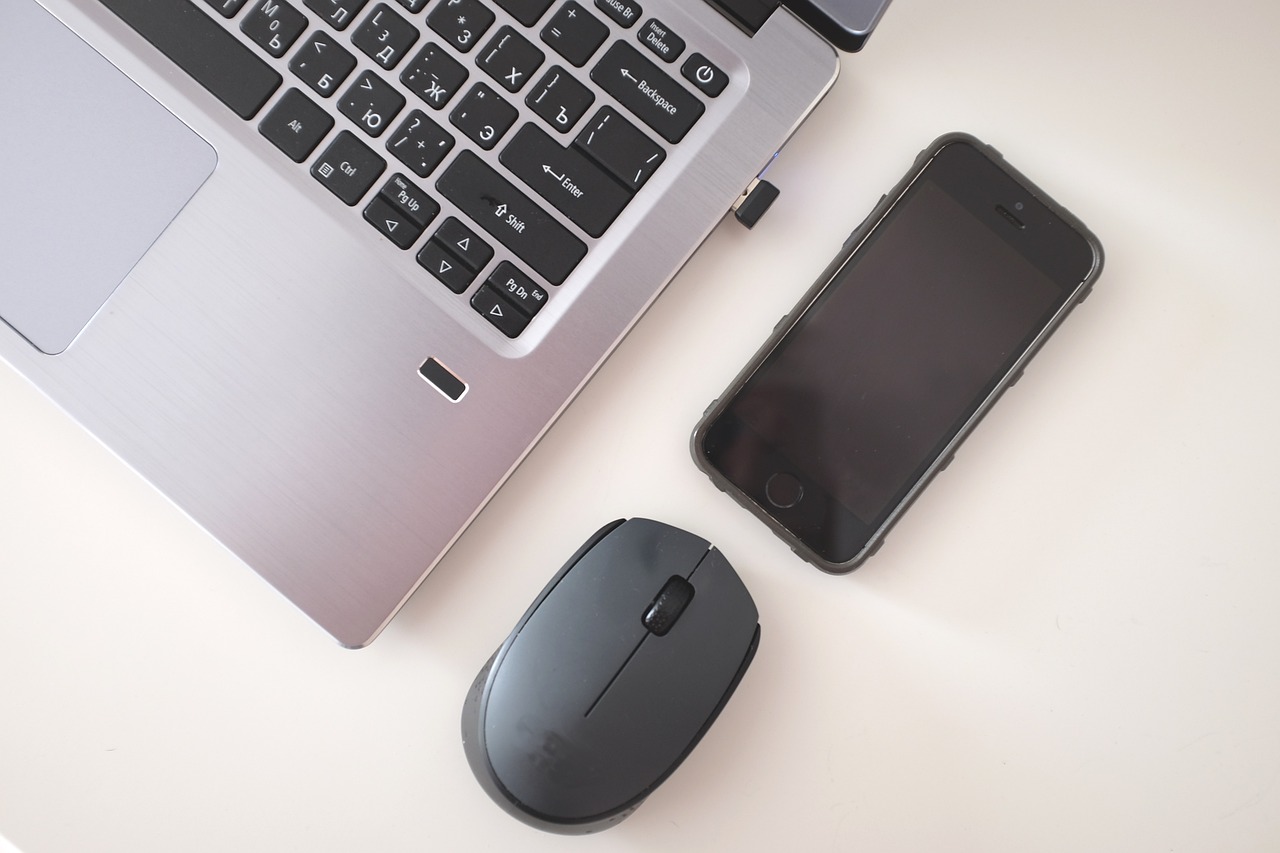With the end of the pandemic, more and more people have become familiar with the benefits of the remote regime. Working from the comfort of home can increase productivity, efficiency and provide the perfect work-life balance. However, such results depend on the environment in which you spend most of your time – in this case your office. What are the main office design mistakes that most people use to sabotage their performance?
Does remote working affect your results at work? Here are the habits designers advise you to break
Setting up your home office doesn’t require huge investments, but versatile furniture and some practical organisational ideas.
1. Looking for comfort in all the wrong places
Tell the truth – how many times have you ignored your work desk for the comfy couch in your living room? People who work remotely enjoy the freedom to change their workspace on a daily basis. Some swap the room for a fancy coffee shop, others replace the desk with a bed or sofa. Studies claim that working at a desk makes us more productive. Working from bed can harm your spine and sleep schedule. Invest in ergonomic office furniture. Personalise your desk with plants, photo frames, post-it notes with motivational quotes or funny texts. In a word, create a familiar space that exudes warmth and hospitality.
Massage chairs are a smart alternative to the traditional sofa when you want a more comfortable working environment. Activate Fujiiryoki massage programmes while jotting down your ideas for work. Also, sitting at a desk makes you prone to muscle aches and pains that would also have mental repercussions. Every 50 minutes of laptop work take a 10-15 minute break for relaxation massage. Massage therapy relaxes muscles, optimises blood flow, eases neck pain, detoxifies tissues and promotes emotional health.
2. You neglect the quality of the environment
Tasks and deadlines can keep you fixed in your chair for hours. This habit is harmful to both your back muscles and your energy levels. Remember to open the window for at least 5-10 minutes if it’s cold outside. Lack of oxygen in the room makes you feel tired, affects your ability to concentrate and increases irritability. Also, maintain a constant temperature in the room, preferably 18-19°C.
3. Working in front of windows
Of course, the desk should be placed in the room that gets the most natural light in the whole house. Poor or insufficient light is a headache-inducing factor, vision problems and even long-term metabolic problems. Choose to place your desk parallel to the window. Otherwise, positioning your desk under the window can make the outside scenery or activity distract you from your work.
4. You place lighting fixtures where they don’t belong
You guessed it! The angle from which light falls has a major impact on your productivity. If you prefer to work in front of windows, then arrange your laptop or monitor with your back to the glass. That way, light doesn’t reflect off the screen and you protect yourself from eye pain.
Lighting fixtures are vital for those who work until after sunset or find inspiration in the late hours. If you’re one of them, equip your office with lamps that give off a cool, eye-friendly light. A good example is LED lamps that mimic natural light. Make sure you place them on the left or in front so they brighten the workspace and don’t create shadows. Ceiling lights help enormously, but make sure they’re not positioned above the computer. Otherwise, you may experience vision problems.
5. Allow disorder to have a monopoly
Desk full of used papers? Misplaced papers, important documents mixed in with drafts of projects, coffee cups piled on your desk for days. Sound familiar? No wonder you prefer to retreat to the sofa or put off work until later. Who could work efficiently from a desk overloaded with useless stuff?
Buy document storage trays.Choose nice holders for your writing instruments. Also, binders, binders, desk organizers are smart ways to keep your desk tidy. Opt for shelves or racks arranged horizontally to save space.
6. Incorrect use of colour psychology
Colours play a crucial role in the design of the spaces we choose to live in. For example, blue is best for bedrooms because it induces a state of calm and relaxation. On the other hand, the colour is not recommended for offices. Include shades of green, or pale shades of purple, in the office. This colour combined with accents of red or orange stimulates the imagination and power of concentration.
In conclusion, organising the working environment is a job in itself. Aim for a simple and airy design style that reflects your personality and harmonises with your lifestyle.






